Top 5 Superpowers of Effective HR Leaders
HR leaders who successfully steered their organizations through the pandemic displayed these five superpowers.
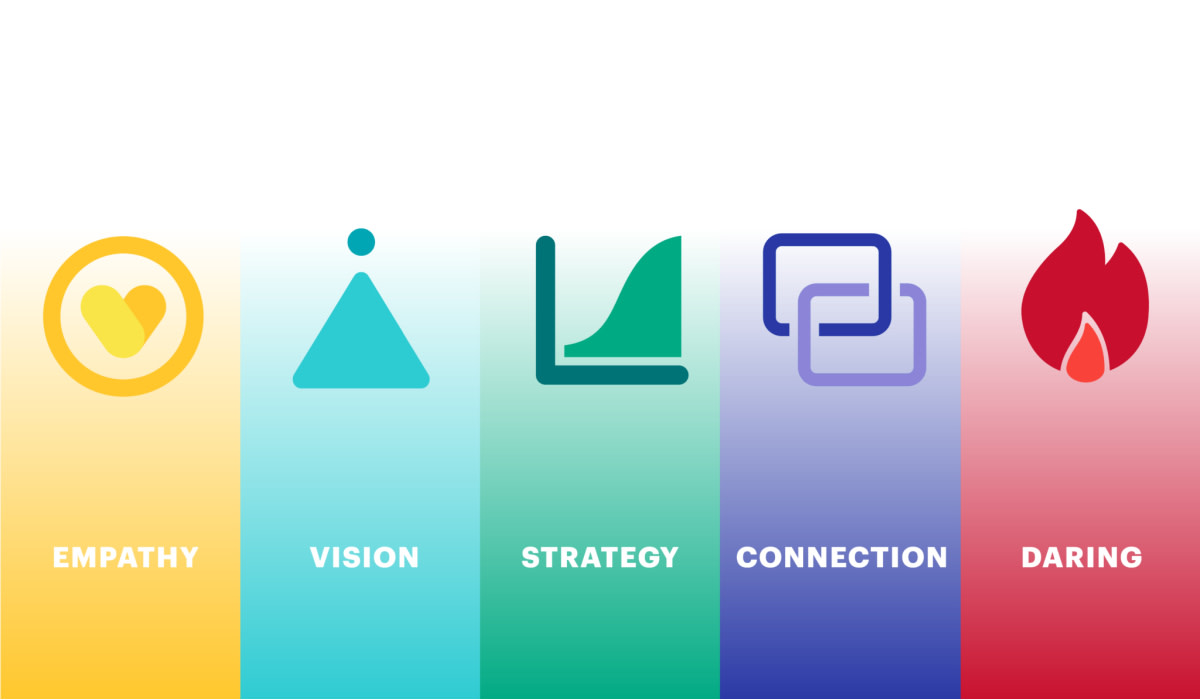
If you are an HR leader, give yourself a moment to exhale.
Now, reflect on what you experienced over the past several months: a massive work from home experiment, the largest reallocation of labor since WWII, and a major reckoning with social injustice. Through all of this, it was your job to maintain employee morale while making complicated–and sometimes heartbreaking–staffing decisions.
And if you are asking yourself how on earth you managed to pull it all off, well, you probably aren’t alone.
To say that 2020 brought an onslaught of uncertainty and struggle would be both a cliché and a major understatement at this point. It challenged us in new ways (again and again), and powerful HR leaders rose up as the important players that they are–becoming the CEO’s chief confidante and problem solver, as well as a champion for the people.
You probably didn’t accomplish this feat because you had a great employee portal, the best IT infrastructure, or an unlimited budget. No–you did this because you brought your whole human self to work.
Five HR superpowers that guide effective HR leaders
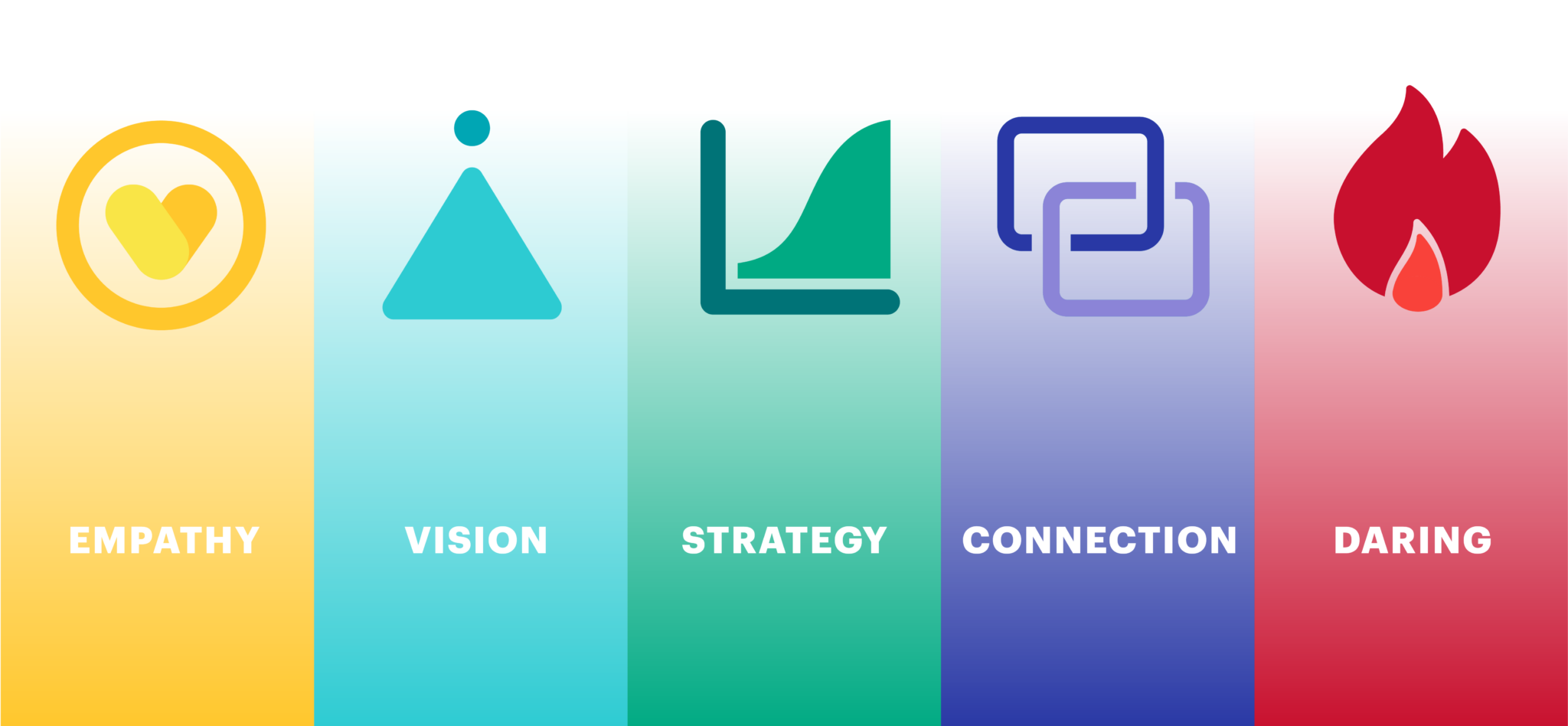
Through our stormiest days, effective HR leaders had empathy, courage, strategy, vision, and connection. It’s these five traits that helped organizations provide people with some measure of stability when the world was caught in a tailspin. We call them superpowers because of the tremendous impact they had on individuals and organizations, but in reality, they are just human characteristics that are hallmarks of strong HR leadership.
Want to know what trait you identify most with? Take our short quiz to find out what makes you a superpowered HR pro!
Read on to determine which description best fits your leadership style and where you can find room for growth as you make decisions about a workforce that has known adversity—and is ready for a brighter tomorrow:
1. Empathy is an HR superpower
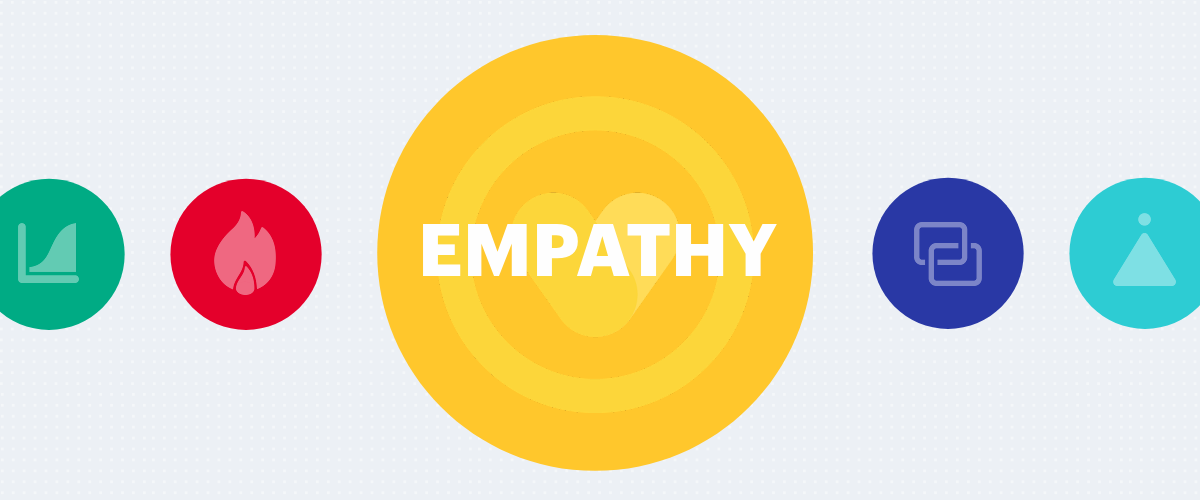
Through the power of empathy, leaders understand what it means to be in someone else’s shoes. Leaders with empathy act with compassion, while fully acknowledging another’s emotional truth. A professional who is strong in this area:
Forges emotional connections
Senses challenges
Identifies opportunities for change
Takes action that is rooted in acknowledgment
Empathy emerged as the most important superpower at the onset of the crisis that became 2020. In a piece published days after the pandemic was declared, HR thought leader Josh Bersin noted that “people are scared, and as a result, we have to create a sense of trust, shared responsibility, and safety.”
At one point, 41% of American adults were struggling with mental health. HR leaders responded by listening and acting with compassion, giving people paid time off, counseling, and additional company-paid benefits. As the crisis dragged on and on, the best people leaders remained attuned to people’s evolving needs.
Empathy will continue to be an important leadership quality post-pandemic. The pandemic has removed the stigma around discussing mental health in the workplace, which means employees will have higher expectations in terms of how their employers can help.
How does people analytics empower empathetic leaders?
Compassion starts with understanding. With a continuous listening approach, empathetic HR leaders solicit real-time feedback from employees through channels such as micropulse surveys. If a number of employees are reporting a spike in stress, for example, the survey results can feed into a people analytics platform, which helps HR leaders determine if the issue is due to a problem within a particular team or if it is more widespread across the organization. This way, HR can gain a clear picture of the situation at hand and zone in on what people actually need, instead of relying on gut feel.
Read on: Why Empathy is an HR Superpower
2. Vision is an HR superpower
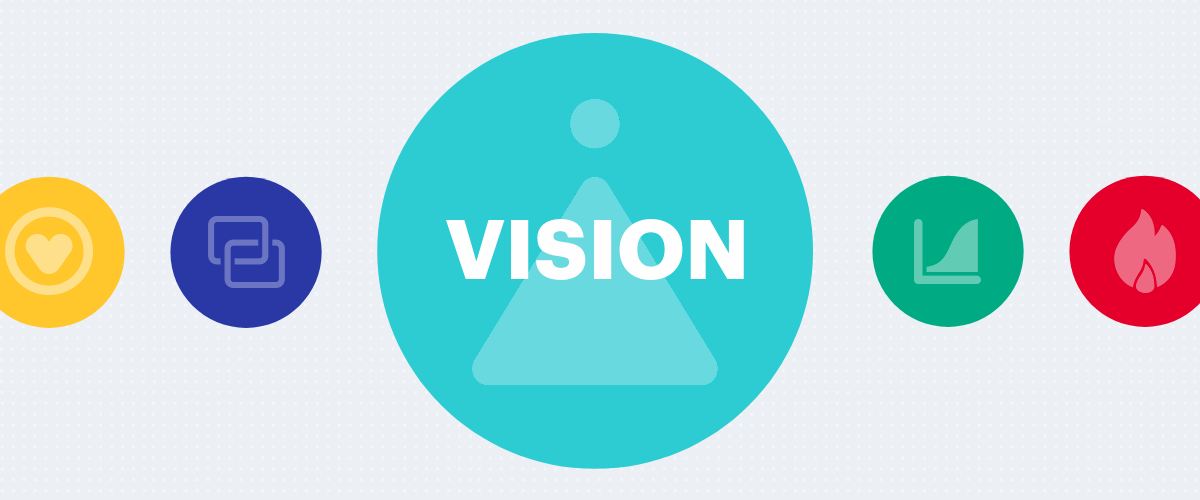
Some people leaders see potential where others do not. Visionary HR leaders breathe inspiration into the teams around them, and have a clear picture for how they want to shape the future. These are the HR leaders who are gifted with the strength of vision. They have the capacity to:
Anticipate long-term trends and where the opportunities lie
See their current workforce as an asset for the future
Be innovative, yet focused and persistent
The health crisis forced many organizations into a “here-and-now” mode of operating. But the visionary HR leaders also had their eyes on the horizon, preparing for post-pandemic challenges and opportunities. They were thinking about permanent shifts in consumer behavior, the demands of digital transformation, and potential new regulations–and how this would all impact supply and demand dynamics for talent.
How does people analytics empower visionary leaders?
With the right people analytics platform, visionary HR leaders can ensure their organization has the skills to remain competitive, even as demands change. Skills-based analytics, for example, enable forward-thinking HR leaders to determine where there are gaps and which skills can be developed internally with training, such as with stretch projects. They can also dig into people data to determine whether participants from a specific reskilling program are experiencing more internal movement, flowing from low-demand to high-demand positions.
In the years and decades ahead, this kind of analysis will become even more critical to business transformation.
Read on: Vision is an HR Superpower You Can Cultivate—Here’s How
3. Strategy is an HR superpower

The freedom to execute strategy effectively is what helps HR leaders make the best in-the-moment talent decisions during periods of change–whether it’s a corporate merger, increased competition, economic disruption, or an aggressive growth period. A strategic HR leader:
Sees the big and small picture
Is naturally curious
Anticipates upcoming needs
Is flexible and quick to pivot
Strategic thinking became paramount as the global health crisis plummeted the world into a severe economic recession. “Right-sizing” was particularly challenging and complex, but truly strategic HR leaders strove to stay focused on organizational health, all while ensuring they were doing the right thing for their employees, their families, and their communities.
Moving into recovery, strategic HR leaders will be able to flex the agility muscle they developed in recent months to face new types of disruption.
How does people analytics empower strategic leaders?
Strategic leaders recognize that workforce planning is not a one and done process, but a continuous data-driven activity that is supported by people analytics. For example, one healthcare organization is using Visier people analytics to constantly and efficiently adjust staffing to patient volumes while delivering a high quality of care.
This kind of agile workforce planning capability is truly a necessity for strategic HR leaders who naturally want to be prepared for any curve balls that might come their way.
Read on: Why Strategic HR Leaders Will Stay in the Spotlight Post-Pandemic
4. Connection is an HR superpower
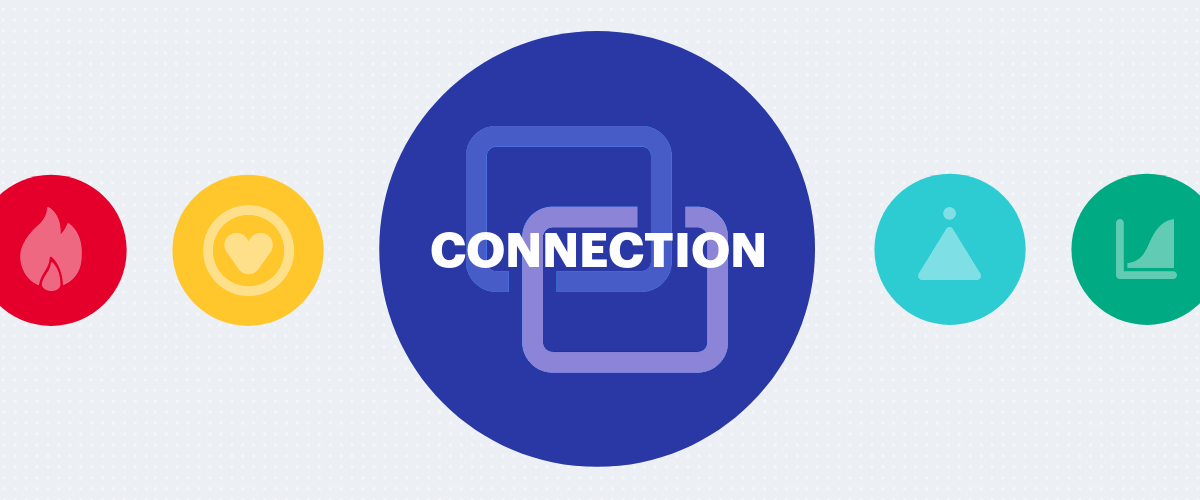
Connection enables HR leaders to network effectively, facilitate human interaction in the face of work-from-home isolation, and ensure the lines of communication stay open. An HR leader who harnesses the power of connection:
Facilitates the flow of communication between leadership and employees
Creates a common ground that unites people from disparate teams
Understands the metrics and levers needed to create better outcomes
Over the past several months, managing connections became more challenging. During the lockdown, almost half of American workers were working from home, “more than double the fraction who worked from home (at least occasionally) in 2017-18,” according to the Brookings Institution. Fewer managers were having valuable ad-hoc face-to-face interactions with teams.
Now, HR leaders are helping their people adapt to hybrid work arrangements. Through this shift, managers will need to have better conversations with their teams about hiring, diversity, promotions, and training. Connected HR leaders are leveraging digital tools to manage new ways of collaborating.
Read on: As Remote and Hybrid Work Grows, Connection Becomes an HR Superpower
How does people analytics empower connected leaders?
People analytics enables HR leaders to foster productive relationships between managers and their teams, as well as senior leaders and employees. By sharing plans that are rooted in data, for example, HR leaders can ensure there is authentic communication from the highest levels of leadership to critical groups about how the business is going to be successful going forward.
HR leaders can also foster connections between managers and teams by analyzing team collaboration patterns. When this insight is combined with a people analytics platform that combines data from several systems, HR can pull the right levers to foster valuable connections.
Read on: As Remote and Hybrid Work Grows, Connection Becomes an HR Superpower
5. Daring is a HR superpower
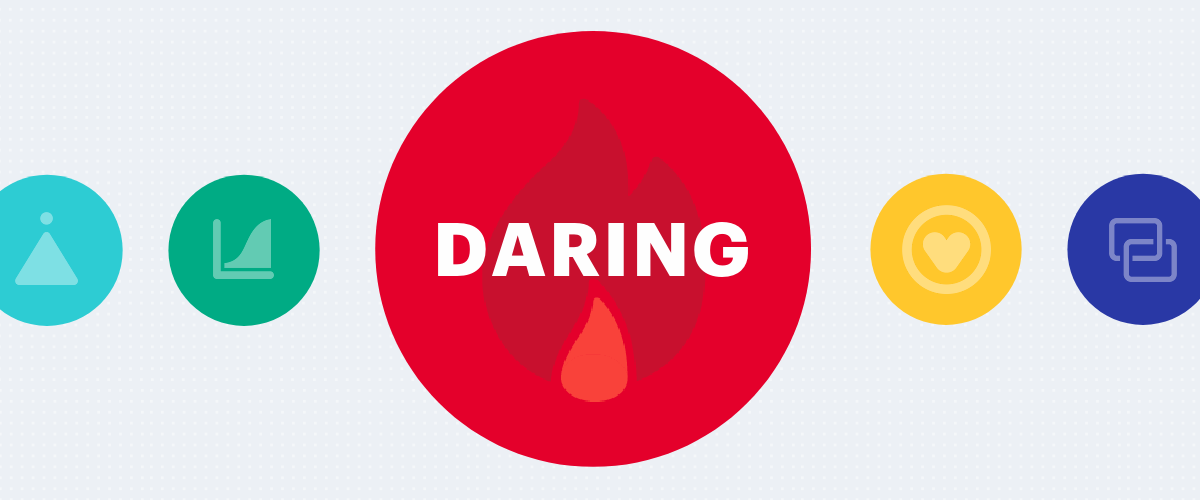
A strong dose of daring helps HR leaders forge a path through uncharted waters. Daring leaders have a strong value system, and are not afraid to stand up for what’s right. An HR leader with this power:
Is bold and decisive
Braves new territory
Demonstrates the courage of conviction
In 2020, daring HR leaders dared to move past lip service and actively work to effect change in their organizations, changes like: implementing new D&I training programs, celebrating Juneteenth, and taking a public stand against racism–even if it was seen as risky in their industry. Many leaders also shared their organization’s diversity data and made public commitments to do better.
Moving forward, the pressures to address racism and income inequality will only intensify. But impact does not come from a single leadership decision–it is the result of many day-to-day, evidence-based talent decisions.
How does people analytics empower daring leaders?
Taking the bold step of becoming truly transformative with D&I means more organizations will have to move up the people analytics maturity curve. With a people analytics platform, organizations go from simply sharing static reports to investigating the root causes of complex problems and answering key questions when day-to-day talent decisions are actually being made. This is a critical part of a holistic DEI framework that recognizes it’s not only about measurement and metrics–strong corporate cultures and better talent processes also matter.
Read on: Daring HR Leaders Lead the Way in Effecting Real Organizational Change
How HR leaders can apply HR superpowers to infinity & beyond
Powerful HR leaders are now in the spotlight, being seen and appreciated for the innovators that they are. Through the challenges of the past several months, they kept their people grounded in a sense of normalcy, were realistic about challenges, and pointed a way forward.
Perhaps there are some HR superpowers that come naturally to you, like empathy or courage. And maybe there are some you have to work at, like developing a long-term vision for the organization. Whatever combination of leadership traits best describe you, the right data-driven insights will only make you stronger. So keep your HR superpowers flowing—and you just might surprise yourself with what you can achieve.
Dive deeper into the 5 HR superpowers!
Read the full articles on each: Empathy, Vision, Strategy, Connection, and Daring. You can also discover which superpower is yours by taking this short quiz—don’t forget to share your results on social media after!


